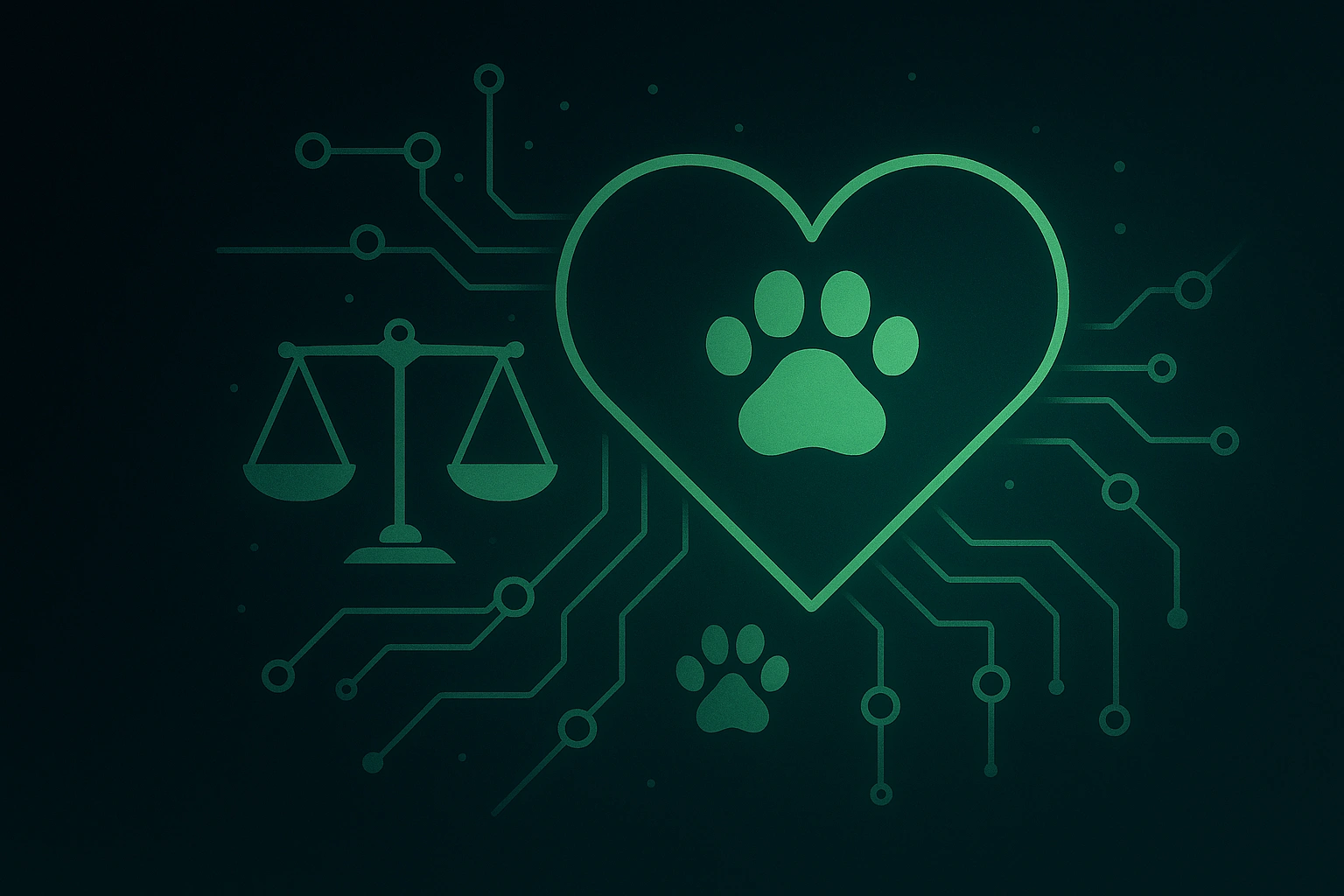
Ethics & Animal Welfare in AI
Artificial intelligence holds great promise for improving the lives of animals, but it also introduces new moral dilemmas. Automated surveillance and predictive models can reveal where poachers strike or when livestock need veterinary care, yet they may also intrude on the privacy of humans and non‑humans alike. Smart collars and implants collect continuous streams of data; robotic companions soothe anxiety in hospitalised pets; autonomous drones track endangered species across protected lands. As these technologies proliferate, we must ask not only what they can do, but what they should do.
At the heart of these questions lie biases embedded in the data and algorithms we deploy. Classification and regression models trained primarily on certain breeds or species may misdiagnose others, leading to inappropriate treatment or neglect. Clustering algorithms might amplify stereotypes about animal behaviour, reinforcing harmful management practices. Predictive analytics could influence decisions on which animals receive resources or which habitats deserve protection, thereby codifying human values into automated systems. Recognising these risks requires transparency about model design, diverse training datasets and rigorous testing across contexts.
Another concern is agency. Animals cannot consent to being monitored or manipulated, and people living alongside them may be unaware of the extent of surveillance. Data collected from wildlife often include information about indigenous territories and community activities, raising fears of misuse. Clear governance structures are needed to determine who controls and benefits from data and to ensure that local stakeholders have a say in how technology is applied. Privacy‑preserving techniques—such as edge computing and federated learning—can reduce the exposure of sensitive information while still enabling analytics.
Ultimately, technology alone cannot guarantee welfare. Robots should not replace caretakers, and predictive models should not override expert judgement. Ethical guidelines, legal frameworks and cross‑disciplinary collaboration are essential to balance innovation with compassion. By centring animal well‑being and social justice, we can harness AI to enhance care, conserve biodiversity and deepen our connection to the more‑than‑human world.
Back to articles